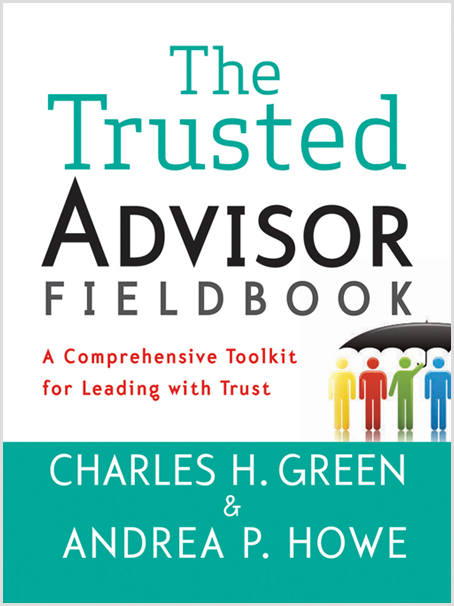This post is part of our Weekly Tips series.

We all know that bumper sticker, “Sh—happens.” Sometimes things don’t go well. Occasionally it’s even your fault. How masterful are you at trust recovery when that’s the case? Rate yourself using these six keys to find out.
- Work all four variables of the trust equation. Most people focus mostly (or only) on the more rational aspects of the trust equation. You’ll move quickly to try to fix the actual problem, which builds credibility. You’ll make a new/better promise, then (hopefully) follow through, which boosts reliability.
There’s more to it, though, because any trust injury also has emotional/psychological impact. Which means you also have to intentionally increase intimacy and decrease self-orientation to heal this aspect of things. Keep reading for specific tips.
- Prove you’ve heard their “upset.” Let them say what they need to say, while you paraphrase and empathize for at least twice as long as feels comfortable. Business psychiatrist Dr. Mark Goulston refers to this as “draining their emotional abscess.”
- Explore and acknowledge the impact. Let them vent about the ways they have been affected. Be sure to do more than nod your head or bide your time while they’re talking. Give them a really good listening to.
[Tweet “Sometimes “Sh—happens.” How masterful are you at #trust recovery when that’s the case? Rate yourself using these six keys to find out. #getreal #buildtrust”]
- Apologize/take responsibility. Sometimes an apology is exactly what’s called for (especially if a lawyer tells you to avoid it at all costs—but that’s another blog post). You should at least take responsibility for whatever part of the situation you own. And if you’re part of the situation, I promise you’re in there somewhere. Did you have a feeling that things were going south but avoided speaking up about it longer than you should have? Or maybe you, personally, are technically squeaky clean, but your team member is the one who did the damage, in which case now is a great time to show up as a leader.
- Offer to make them whole. Did the goof cost them money? Time? Political capital? Consider how might you help make that up. Sometimes a genuine offer is all that’s necessary.
- Commit to preventing it. Show your dedication to keeping the problem from reoccurring. You’ll end up back at square one if you own up to something without addressing or preventing a pattern. Find and fix the root cause. Escalate to management. Do whatever it takes.
Keep in mind that all six actions go a lot better if you first “get off your ‘S’.” In other words, you have to actively manage the ways you are likely to be triggered in the midst of all this. Your client might be angry (and no one I know ever likes it when that happens). Or you might be afraid you’ll make things worse by encouraging him or her to talk about it (paradoxically, it’s just the opposite). Or maybe you simply feel embarrassed or just plain bad about the situation. These are all good things to recognize and actively manage.
Here’s the bottom line: Lost trust is never completely recovered until you fully and explicitly acknowledge what went wrong. If you’re serious about rebuilding trust, then get serious about using your trust skills to do exactly that.
Make It Real
This week, think about a time when you had to recover lost trust and weren’t as successful as you wished. Connect the actions you took to the four variables of the trust equation: credibility, reliability, intimacy, and (low) self-orientation. Which ones got your attention? Which ones were left poorly attended? What would you do differently next time?
Learn More

Read about an unexpected way to recover lost trust, or dig into what to do when others are untrustworthy in Chapter 25 of The Trusted Advisor Fieldbook.
